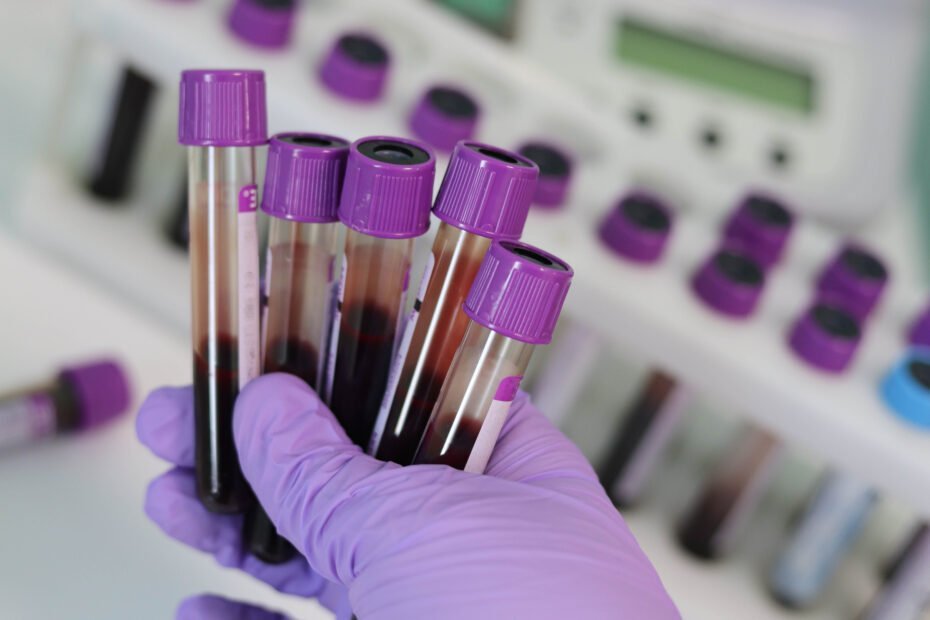Introduction:
Welcome back to our series on biofluids! In our first post, we delved into the fascinating world of biofluids, highlighting their importance in various medical and research applications. In this installment, we shift our focus to plasma – a crucial component with distinct characteristics and applications. Join us as we explore the differences between plasma and serum, and the methods behind generating heparin, citrated, and EDTA plasma.
Understanding Plasma vs. Serum:
Before we delve into the intricacies of plasma collection and generation, it’s essential to distinguish between plasma and serum. While both are components of blood, they serve different purposes.
Plasma is the liquid portion of blood that remains after cells have been removed. It constitutes about 55% of total blood volume and is rich in water, electrolytes, proteins, hormones, and waste products. On the other hand, serum is the liquid portion obtained after blood coagulation. The key difference lies in the presence of fibrinogen – plasma contains fibrinogen, while serum does not.
Generation of Heparin Plasma:
Heparin plasma is generated by adding heparin, an anticoagulant, to the blood sample during collection. Heparin prevents blood clotting by inhibiting the formation of fibrin. This type of plasma is commonly used in tests requiring plasma samples free from clotting factors. The advantages of heparin plasma include its ability to preserve cell morphology and the ease of sample handling. However, it may interfere with certain assays due to its anticoagulant properties.
Citrated Plasma – The Anticoagulant Choice:
Citrated plasma is generated by adding sodium citrate to the blood sample. Citrate prevents blood clotting by chelating calcium ions, an essential factor in the coagulation cascade. Citrated plasma is widely used in coagulation and fibrinolysis assays. One of its primary advantages is its minimal interference with enzymatic processes. However, it may lead to changes in ionized calcium levels, affecting certain assays.
EDTA Plasma – Preserving Cellular Integrity:
Ethylenediaminetetraacetic acid (EDTA) is another anticoagulant used for plasma generation. It works by chelating calcium ions, preventing coagulation. EDTA plasma is suitable for tests requiring stable preservation of cellular elements. Its advantages include minimal interference with cellular morphology and compatibility with a broad range of assays. However, it may lead to alterations in certain enzymatic activities.
Pros and Cons:
Each anticoagulant has its advantages and limitations, making the choice dependent on the specific requirements of the tests being conducted. Heparin plasma is ideal for preserving cell morphology but may interfere with certain assays. Citrated plasma is excellent for coagulation studies but can impact ionized calcium levels. EDTA plasma is versatile, preserving cellular integrity, but may alter enzymatic activities.
Conclusion:
In this exploration of plasma collection and generation, we’ve uncovered the nuances between plasma and serum, and the distinct characteristics of heparin, citrated, and EDTA plasma. The choice of anticoagulant plays a crucial role in the reliability of test results, making it essential for researchers and healthcare professionals to carefully consider their options based on the specific needs of their studies or diagnostics. Stay tuned for our next installment, where we’ll continue our journey into the diverse realm of biofluids.
